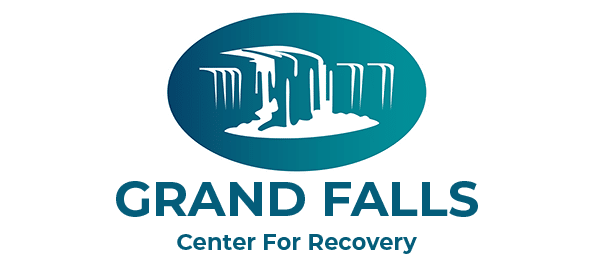In the United States, we are in the midst of an opioid epidemic. Opioids are a class of drugs that include prescription painkillers such as oxycodone and hydrocodone, as well as illegal drugs such as heroin. In this blog post, we will discuss three medications that can be used to treat opioid addiction in an addiction treatment center.
Methadone
Methadone is a commonly prescribed medication used to treat opioid addiction and is typically administered in an addiction treatment center. It acts on the same areas of the brain as other opioids, including heroin, but it does not produce the same level of euphoria or intense physical effects.
Instead, methadone blocks the opioid receptors in the brain that are responsible for craving and withdrawal symptoms. By blocking these receptors, methadone can help ease cravings while allowing individuals to begin building a healthier lifestyle in recovery.
Methadone can be taken orally or injected into a vein. The oral form is usually taken once daily and the injection version is typically administered every two to three days in a clinical setting. A doctor will determine how often someone should take this medication, as well as their dosage depending on their individual needs and medical history.
Studies show that when used correctly in combination with counseling services like cognitive behavioral therapy (CBT) or group therapy programs, it can significantly reduce relapse rates among people addicted to opioids. With long-term use of methadone over 6-12 months in combination with supportive care services, relapse rates decreased from 75% down to 9%.
It has also been shown to improve outcomes among pregnant women suffering from opioid addiction who have been prescribed methadone during pregnancy compared to those who have not received any type of treatment or support during pregnancy.
Buprenorphine
Buprenorphine is an opioid medication used to treat opioid use disorder or OUD. It works by reducing cravings and withdrawal symptoms associated with opiate addiction. Buprenorphine also has the unique ability to block the effects of other opioids, which helps prevent relapse. This medication is available in both a sublingual tablet form and a subcutaneous film form, making it easy for people with OUD to take it as directed.
Buprenorphine is primarily used in combination with cognitive behavioral therapy (CBT) for the long-term management of opioid use disorder. Patients taking buprenorphine typically begin their treatment regimen with an induction period of several days or weeks, during which they receive escalating doses while monitored by a healthcare provider to ensure they do not experience too much sedation or respiratory depression.
After this initial phase, patients transition into maintenance therapy, where they receive stable doses of buprenorphine over time until they are able to safely stop taking the medication or reduce their dose according to their needs. Research indicates that long-term use of buprenorphine can help people with OUD achieve better outcomes than traditional abstinence-based recovery programs alone.
Naltrexone
Naltrexone is also used to treat opioid addiction and has been shown to reduce cravings and block the rewarding effects of taking drugs. In addition to its use as a treatment for opioid addiction, naltrexone has also been studied as a possible treatment for various other conditions such as alcohol dependence, smoking cessation, and depression.
Naltrexone works by blocking the action of endorphins, which are neurotransmitters that regulate mood and pleasure. By blocking these neurotransmitters, naltrexone can reduce feelings of pleasure associated with drug use and thus discourage further misuse.
It is important to remember that naltrexone is not a cure for addiction and must be used in combination with counseling and other forms of therapy to be effective. In addition, naltrexone can have serious side effects such as nausea, dizziness, insomnia, and headache.
For this reason, it is important to talk with your doctor before taking naltrexone. It is also important to note that naltrexone should never be taken without the advice of a healthcare professional.
In conclusion, methadone, buprenorphine, and naltrexone are effective medications for the treatment of opioid addiction. These three medications can be an important part of a comprehensive treatment plan, it is important to remember that they should never be taken without first talking to your doctor or healthcare provider. With proper medical guidance, these medications can help you achieve recovery from opioid addiction and regain control over your life.
If you or someone you love is struggling with opioid addiction, please contact a healthcare professional today for more information about how these treatments may help.

